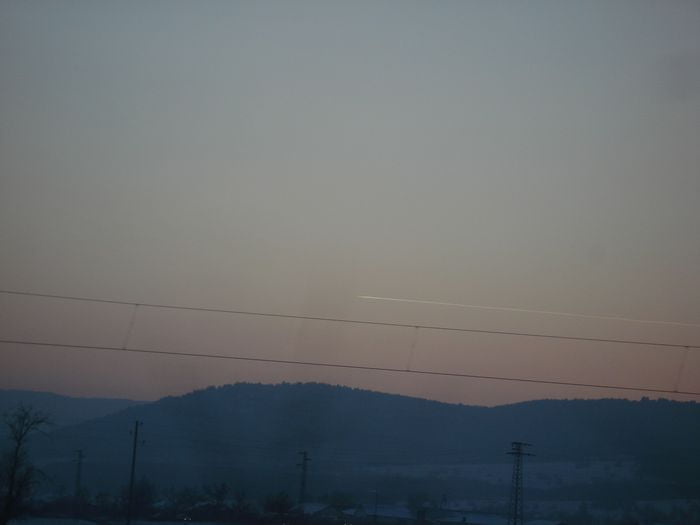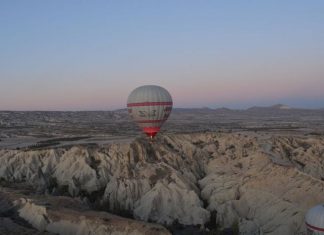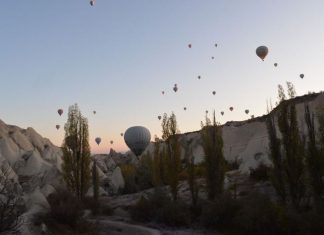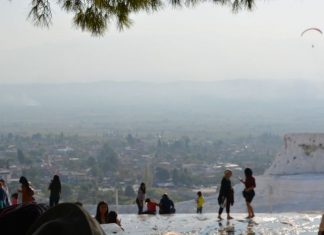Aphrodisias The Blue Horse
The ‘Blue Horse’ sculpture, which was found in the Civil Basilica during the 1970 excavations, finally went on display last year in the Sebasteion Sevgi Goniil Gallery after waiting many years in storage. Although only the upper part of the young rider’s left leg remains, it is clear that he has been depicted falling off his horse. The work is important as the only example among ancient sculptures that depicts a galloping horse in marble.
Restoration Continues
The Sebasteion, constructed in the mid-lst century A.D. in honor of the Roman emperors and the local goddess Aphrodite, is adorned with a marble panel of 200 life-size human figures in high relief. One after the other, some 80 of them have been on display in the Sebasteion Sevgi Goniil Gallery since 2008. But there are also examples in the Dig House that have not been displayed and continue to undergo restoration. These reliefs, whose subjects are varied and extensive, depict prominent figures and scenes such as Aphrodite and Troy.
Towards a New Museum…
Built at the start of the excavations, the Aphrodisias Museum soon became too small to accommodate the richness of the ruins, so architect Cengiz Bektas was asked to renovate it. A project ongoing since February 2009, the Aphrodisias Museum is re-opening on 24 October.
The School of Sculpture
Aphrodisias The Blue Horse – The reliefs and sculptures produced in the Aphrodisias School of Sculpture, which had its inception in the 1st century B.C. and continued its existence into the 5th century B.C. in the early Byzantine period, are world- renowned. A head of a ‘Man Playing a Flute’ is just one of, niariy other examples that are waiting in storage.
The Weeping Women Sarcophagus
Among the works to be exhibited at the newly re-opened Aphrodisias Museum, the ‘Weeping Women Sarcophagus’ has never before been displayed. Restoration of the sarcophagus, which was found in pieces on: the Eastern Necropolis in the 1994 excavations, has just been completed. On it, sumptuously dressed women are weeping and mourning. Another example of the same theme is on exhibit at the istanbul Archaeological Museum.





